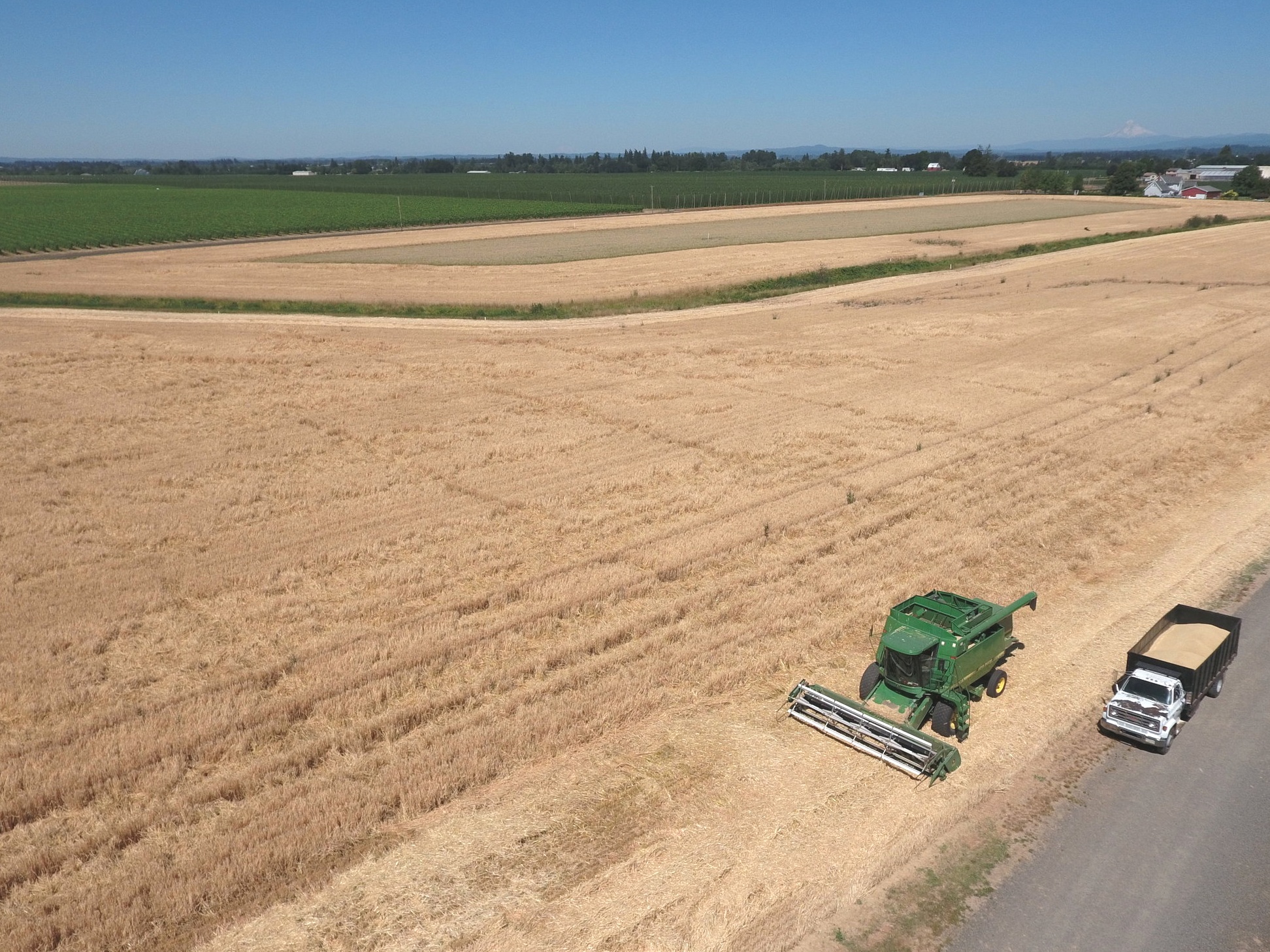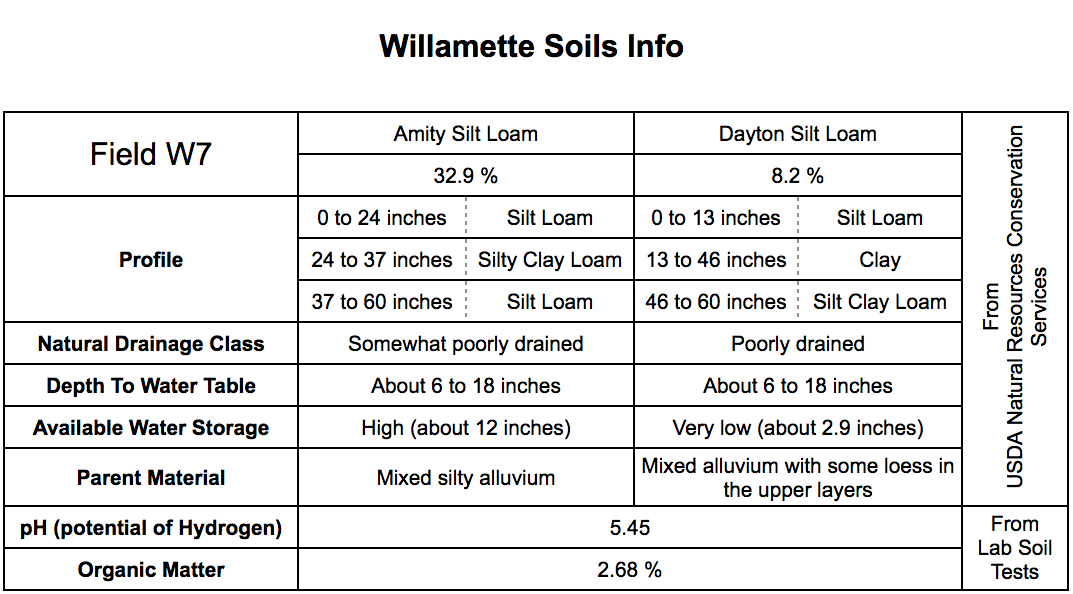Farm Story : 2016 / 2017 / 2018 / 2019
Our 3rd crop year and 2nd sales year. We started off the vintage in October 2017 with our first winter barley planting, contracted to the Willamette Valley at Goschie Farms. In January, we were still looking at a surplus of grain from 2016 and 2017. Spring planting was not an easy decision, balancing risk of overproduction with continued innovation. By March, Copperworks and Westland distilleries had stepped up with malt orders large enough to drive down our grain inventory and justify spring acreage. HT Rea Farms and Johns Ranch threw some more seed in the ground, and the project moved forward.
2018 HIGHLIGHTS:
Moderate weather and a bountiful harvest; Salmon-Safe IPA fest; a signed lease for Mainstem’s future HQ and Northwest Hub; Alaskan malt supply chain trip with Amalga Distillery; a 5-month visit from a French ag engineering intern to kick off the Ag Data Integration Project; recruitment of Mainstem’s next-wave leadership; revenue grew from $35k in 2017 to $350k; a $200k kickoff to our first major equity fundraise; solvency.
2018 FARM STORY DEBUT:
AG DATA INTEGRATION PROJECT
(ADIPOSE)
ADIPOSE is our effort to empower Mainstem supply chains with on-farm data. The core goals of this project are to improve Operational Efficiencies, to track and manage Sustainability Initiatives, and to enrich Downstream Experience surrounding products Made-With-Mainstem.
Consider our ADIPOSE 2018 inquiry as an intern-fueled soft start (thanks, Adrien!), with much more rigorous research to follow.
- - - - - - - - - - - -
ALL MALT STARTS AS A LIVING GRAIN
It’s easy to lose sight of the fact that beer and spirits production starts long before the malt hits the roller mill. Each grain of malt was once a living seed. Each living seed was a product of a complex plant life cycle, harnessed by farmers and enabled by mother nature, to turn individual seeds into many. Environmental factors during each physiological stage of growth will determine overall quality and flavor of the grain.
Graphic Source: Adapted from Grain Research & Development Corporation, Cereal Growth Stages (2005)
AND BENEATH THE GRAIN? SOIL!
Soils have many important roles in sustainable grain production. They provide plant nutrients, filter rain water, regulate the climate by absorbing carbon, and are home to two-thirds of all species that live on earth. All the fields that have been contracted to Mainstem Malt are physically, biologically, and chemically different.
Here are all the different soil-related factors that can influence the taste of your beverage:
Graphic Source: The Importance of Soil for Growing Great Grain, GRDC, June 2016
The grain quality is directly related to soil properties. We strive to identify linkages between the above soil properties and resulting grain quality by tracking and analyzing key data points for each field.
WINTER VS. SPRING BARLEY
2018 was our first year experimenting with winter barley. Most barley production utilizes spring varietals, including those grown for Mainstem’s 2016 and 2017 vintages. Spring barley is planted as soon as soil temperatures warm to 50 degrees Fahrenheit and equipment is able to venture out into the fields. Winter barley varietals are adapted to be planted and established in the fall, overwintered in harsh conditions, and readied to take advantage of the early-springtime grain growing conditions. It is common for winter barley to be harvested 3-4 weeks prior to spring barley, yielding up to twice as much as the spring planting.
At Mainstem Malt, one major reason for our interest in winter barley relates to timing of precipitation in relation to the barley growing calendar. The Pacific Northwest is characterized by moist falls, springs, and bone dry summer months. With spring barley, we risk pushing the grain’s critical seed development phases into summer drought conditions, which can start as early as June. With winter barley, the plants are positioned to take advantage of moisture when it’s more consistently available, during the fall, winter, and early spring.













